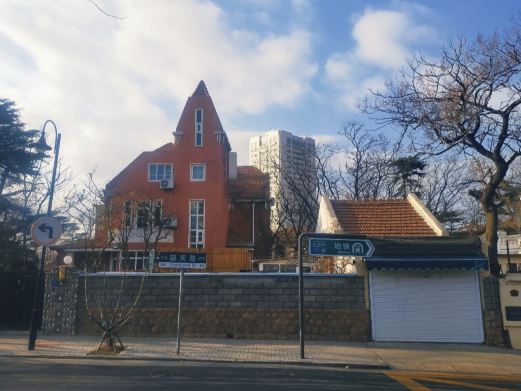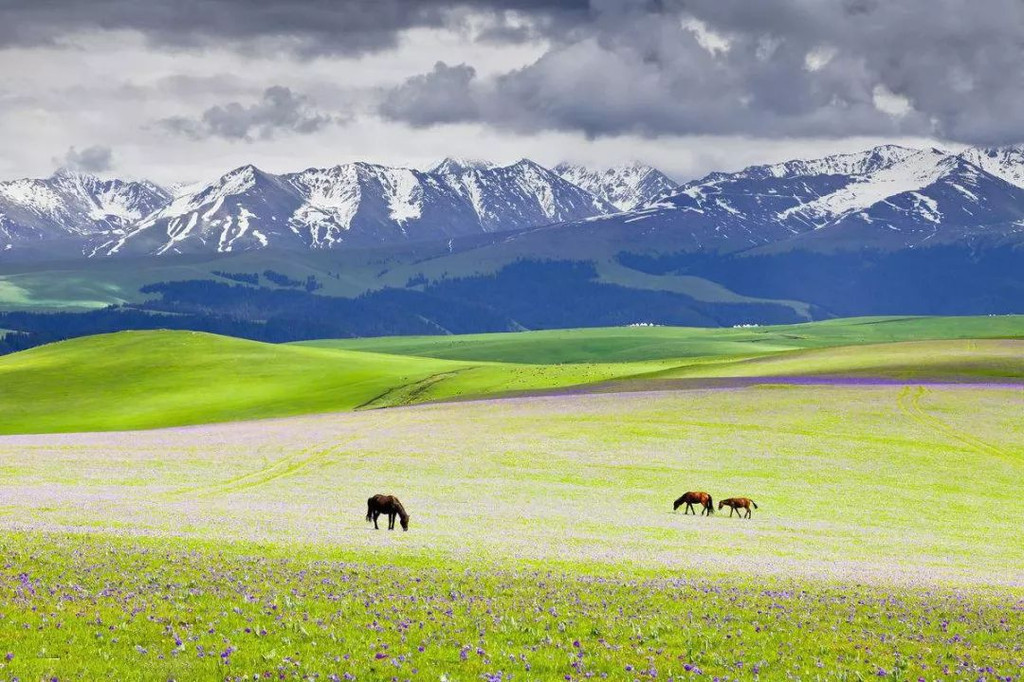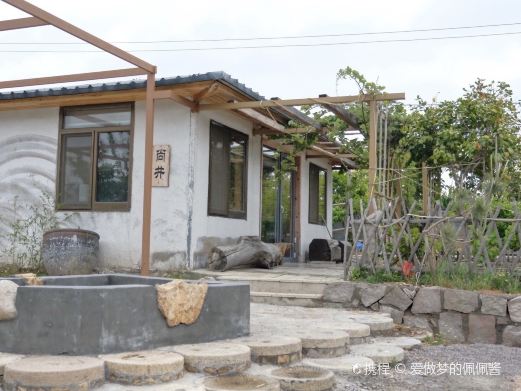Bengbu Museum is conveniently located near Bengbu Railway Station, with its establishment dating back to 1958. The museum houses a collection of cultural relics unearthed from various historical sites in Bengbu, making it an excellent destination for visitors to learn about the history and present of Bengbu. The museum’s exterior is designed to resemble Han Dynasty architecture, with statues of notable figures associated with Bengbu, such as Shang Tang, Cao Cao, and Hua Tuo, standing at the entrance.
Upon entering the museum, visitors will find two floors; the second floor serves as a temporary exhibition hall, while the first floor is the main exhibition area. The main attraction for visitors is the first floor’s permanent exhibition titled ‘Through Five Thousand Years – Exploring the Origins of Bengbu Culture’, where exhibits are arranged in chronological order from prehistoric times to the modern era. The序厅, or the lobby, features a large oracle bone script model of the character ‘Beng’. The Guohe Civilization Exhibition Hall showcases the prehistoric civilization found in the Guohe River basin, the mother river of Bengbu. The Shang Tang Capital Exhibition Hall focuses on King Tang, the founder of the Shang Dynasty, who made Bengbu his capital. The Daoist Sacred Land Exhibition Hall highlights that Laozi, Zhuangzi, and Chen Tuan were all from Bengbu. Due to the remoteness of these histories, the displayed artifacts are modest, including pottery, stone fragments, and simple jade pieces, as well as cultural relics unearthed from local attractions such as Tang King’s Tomb and Zhuangzi Temple in Mengcheng County. The Han-Wei Spirit Exhibition Hall is worth a visit, as it houses the ‘Treasures of the Collection’. As Cao Cao’s hometown, this hall primarily displays cultural relics unearthed from the Cao family tombs. Notable artifacts include a silver-threaded jade burial suit, a Han Dynasty jade pig made of Hetian jade, a copper pig resembling modern Russian pigs, and a pair of jade rectangles inscribed with delicate characters, each measuring only 1 cm in length and less than 3 cm in height, which are invaluable. The World’s Hope State Exhibition Hall highlights Bengbu’s strategic location as one of the ‘Ten Hope States’ during the Tang Dynasty. The sixth exhibition hall, ‘Bengbu Commerce and Daily Life’, showcases the bustling trade from the Northern Song Dynasty to the Ming and Qing Dynasties. The exhibited porcelain features vibrant colors, exquisite bronze mirrors, and gold artifacts with hollow-out patterns. The sixth hall also recreates a section of the old streets from the Ming and Qing Dynasties, lined with shops, which visitors might find particularly appealing. The Modern and Contemporary Bengbu Exhibition Hall presents the history of the Anti-Japanese War in modern Bengbu, displaying items such as paper currency and identity cards from that time, as well as traditional cultures like paper-cutting, quyi (a form of traditional Chinese musical storytelling), and the Five Animal Frolics invented by Hua Tuo from Bengbu. It also highlights Bengbu’s well-known modern industries, including Gujing liquor, new materials, automotive industry, and coal mining. Opening hours are all year round, closed on Mondays; open from 09:00 to 17:00 from Tuesday to Sunday; and during New Year’s Day, Spring Festival, Qingming Festival, Labor Day, Dragon Boat Festival, Mid-Autumn Festival, and National Day, the museum is open from 09:00 to 17:00, with online reservations ceasing at 16:00. A must-see tip: Free guided tours are available daily at 9:30 and 14:40; for details, consult the staff at the museum entrance.Bengbu Museum
Bengbu Museum is conveniently located near Bengbu Railway Station, with its establishment dating bac[...]









